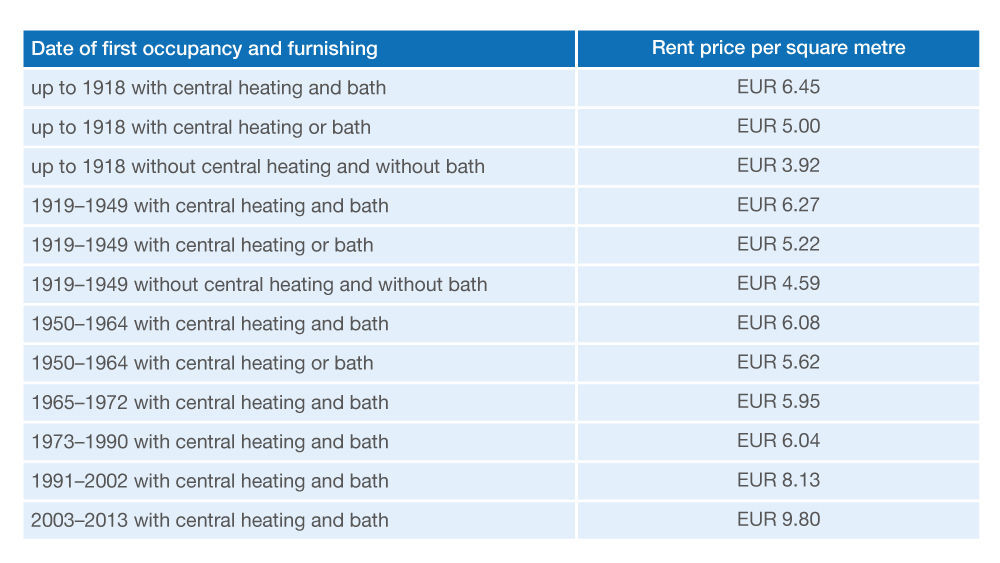Berlin rent freeze – Come what may!
It remains to be seen whether the rent freeze law, known commonly as the Berlin “Mietendeckel” in German, can withstand a possible challenge in court. Nevertheless, Berlin housing companies should waste no time in preparing to implement the new regulations. To meet the new law’s individual requirements, PROMOS has worked out solution strategies that can be tailored for implementation with our customers.
Reversing rent increases: back to day one
As the law comes into effect, existing rent prices[1] will be frozen at the level valid as of 18 June 2019 for a period of five years. This presents the technical challenge of reducing all rents that have been raised since that date. For this purpose, a new “basic rent” condition can be set in SAP® with the level of the relevant reporting date. You can then use this to perform evaluations (e.g. determining the existence and size of a delta) and it also serves as the basis for rent corrections.
Inform and cut down: comply with rent limits
The second level of the rent freeze will be activated nine months after the law comes into effect. Rent caps for the net rent without utilities will be set according to a table classifying buildings by age and location. If the current agreed rent is more than 20 per cent higher than these limits, it must be lowered to the upper legal threshold. Landlords are additionally required to inform tenants of the rent cap for their apartments within two months of the law coming into effect.
To do this, the upper rent limits should first be calculated according to the relevant legal criteria as a “rent freeze” rent index and mapped in SAP®. The law allows for an increase of the upper rent limit if the rental object has luxury features. This is considered to be the case if three of five set criteria are fulfilled. These criteria must be entered as furnishing features in SAP®, which can be done using the mass maintenance tool. Additional programming can then use these values to determine the upper rent cap for the respective rental objects and store it as a statistical condition. This will serve as the basis for both eventual rent reductions and the fulfilment of tenant disclosure obligations.


